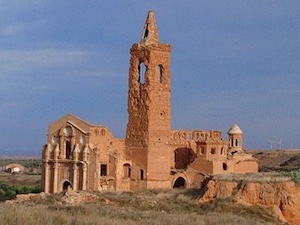This post has already been read 401 times!
Welcome to our blog
Well another year has turned around , some might say flown by.
There may be some that have read our previous blogs. At this stage I must add, these were written by Lin with Wendy’s very helpful and informative suggestions and additions.
But this year Lin has reluctantly decided to give it a rest. This decision was most likely made as the last blog from the summer alpine travels flew off somewhere , never to be seen again, which meant the whole thing had to be rewritten , if not remembered.
So in short I, Wendy, am writing this.
You may find it a little different in text, certainly in grammar, and possibly not politically correct at times.
But here goes,…
This is the first winter since Covid darkened our doors that we have ventured to Spain, having spent several dark winters huddled by the wood burner and knowing now the perils of wood burners on the body beautiful have concluded this wasn’t perhaps the wisest move.
Previously once we had climbed via the Somport tunnel through the Pyrenees into the land of warmth and sunshine we would then drive with great haste to a campsite at Navajas. The sole reason being we meet elderly friends there, sadly because of their elderness ( i did mention grammar, but omitted spelling and my ability to invent words!)
they have given up their 6 months in the sun, November to April to spend their dotage in Scottish winters, nothing to do with Brexit!
As unfortunate this is for them , for us it presents an opportunity to explore Aragon a little more.
So once in Espana we spent the night at Jaca aire.
I had done a little research one wet afternoon and had decided on a route..
We travelled on the A1205 to Santa Maria, (there are many of these in Spain so please concentrate )then via the A 132 , via the very scenic Mollus de Riglos, to Ayerbe.
A quick left turn by Lin , as I was late in saying TURN LEFT! onto the A1206, lead us to the Castle de Loarre, one of the best preserved castles in Spain, a very warm and sunny day it was too.
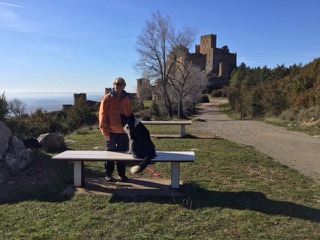
After a very pleasant few hours we continued on to Huesca.
We had intended to visit Robres and the Spanish civil war interpretation centre, but sadly it was closed.
At this stage the day was lengthening so we decided a dash to Zaragoza aire
was needed.
Suitably refreshed we set off in search off the trenches of said Civil war, between Alcubierre and Lecinena.
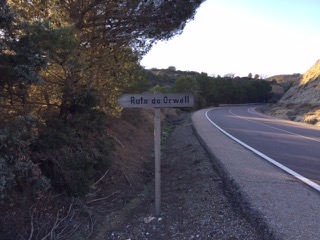
Having read before our grand depart from G.B. George Orwell’s Homage to Catalonia we could see where he had spent a very desolate time for very little purpose (in war terms) for ground gained from the fascists.
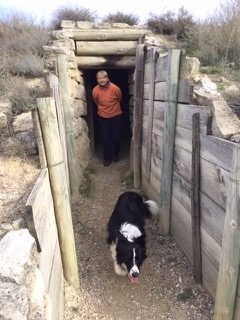
Onward we travelled south to a small village Belchite.
There is a modern village by this name , however there are the remains of the old village, destroyed in a battle between the republicans(loosely speaking George’s lot ) and Franco’s fascists.
Once victorious said Franco decreed the remains should be left to illustrate possibly the futility of war, others say it was to show his ability to punish opponents.
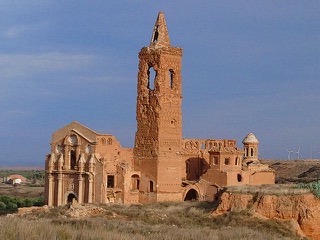
The remains of one of Belchite’s pre civil war churches.
The day had lengthened or more correctly I was being asked where we were staying that night.
A very fine aire at Albalate del Arzobispo was the answer.
Perfect …a large car park next to the river Martin, a dog walk up to Jesus( hey Zeus), and the find of a short sendero ( signed walk) to a visigoths dwelling.
Before leaving we ventured to the visigoths necropolis. That is their tombs excavated in the rock itself, adopting the human form.
Best appreciated by photos.
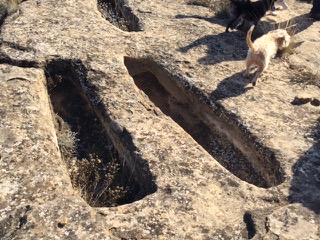
Visigoth’s necropolis
By now it was time to head further south to the sea.
Loosely , very , following the Ebro river .
This rises in the very north of Spain at Fontibre in the Cantabrian mountains , flowing more than 900 kilometres listening to the call of the Med journeying south to reach its end at the delta of the Ebre.
A bird watches paradise.
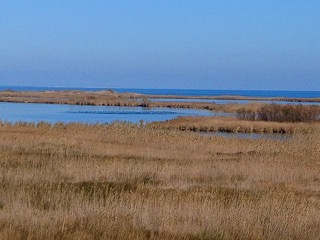
If you look closely, very, this picture quite clearly shows a flotilla of coots.
Also very close to a range of Sierras for hill walking… heavenly.
The delta is the area of Spain where a lot of Spain’s Paella rice is grown.
It’s also very important in transit route for bird life.
We spent a very pleasant few nights at the aire in L’Aldea, a very pleasant free aire.
We had one day out in the hills to the Foradada, a natural arch in the Sierra de Montsia.
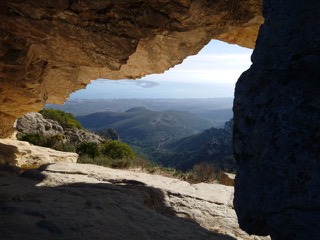
Bu now it was time to do a bit of washing, so thought a campsite was called for, arriving at Navajas , as previously mentioned, we were somewhat disappointed to find it full!
Well I suppose it was coming up to new year and Spain seeming to adopt the U.K. way of closing for days on end before, during and after Christmas the Spanish revellers abounded, good for them!
So with much gnashing of teeth, and oaths…..”right that’s it I’ll find somewhere “we set off north east into the Sierra de Javalambre. A wild dramatic landscape of up , downs, ravines, canyons.
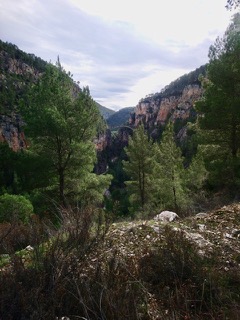
“Have we really got to go over that”
We eventually arrived at La Yesa a tiny village , middle of nowhere, to find a Dutch camper , with Dad , Mum, and 4 very young children …just born to 5 years.
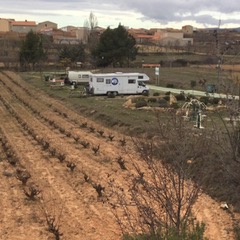
Unsurprisingly it was a quiet night and after a tour of the village off we went.
Our destination now Cuenca, up in the Spanish plains.
It was our good fortune that the rain in Spain wasn’t falling on the plain , a bit cloudy , but periods of sun.
Many years ago our Friends from Navajas had said how worthwhile a visit to Cuenca was and how right they were.
I had previously, on the same wet afternoon as previous planning, discovered we could overnight at the teatre de audiotorio for a princely sumof 14 euros.
Very good value as a stroll into the city.
Cuenca is famous for the buildings hanging on the cliffs .
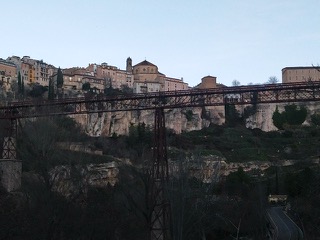
We were extremely fortunate up on the Spanish plains with regard to weather as we weren’t that far from Madrid(highest capital in Europe and having been told by a Madrilenos that it was frio in winter) .
The Spanish plains are quite spectacular.
But it’s south now.
On our route we happened upon a place called Alarcon.
It was time for a coffee stop and a perfect stop opposite the walled village and remains of a castle.
In fact it was quite beautiful, we strolled with our 3 precious heavenly bodies…Lola, Gracie, and the boy Phin, around the village and damned river.
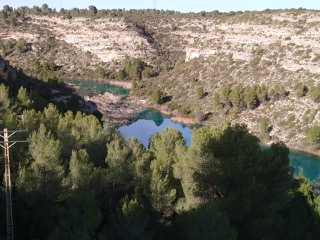
It seems to us that the routes less travelled throw up little gems like Alarcon.
Onward thro Albacete intending to stop at Hellin, an aire. An ok place as been there previously, nothing special but functional.
Well… it’s now a hell hole.
A swift exit up the road to another aire Elche de La Sierra, really not close to anywhere! Just there!
It was New Years rave sorry eve and we thought it would be noisy . Got to town bars all full, lots of revelry etc etc.
Settled down for night expecting to be roused at midnight and apart from 2 old pensioners ( not us) tottering back to their car and 1 car too late for party , it was like a graveyard with lights.
So with the wind blowing us southerly we arrived at a favourite Aire , Ricote, great disappointment CLOSED.
By this time Lin had been suffering with a cold and I was rapidly developing one too.
So time to rest up at a great favourite, known to some Murviers, El Berro.
This is a village just outside, literally a few metres, the Sierra Espuna natural park, known for many reasons but mainly the home of the Barbary sheep.
An area with lots of walks, of varying lengths, and a very lovely small terraced campsite, Camping Sierra Espuna.
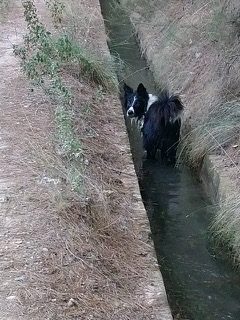
The aqueduct supplying the agricultural areas
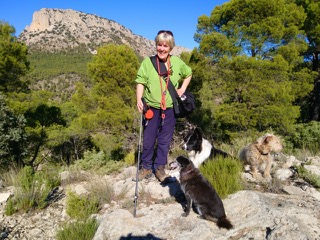
One of the many walks , sendero Ballesteros a very fine balcony path. With the highest point of the park,Morron in the background.
The village of El Berro is a typical Spanish village, friendly with a small well supplied super market, a panaderia for the bread, an Estanco for the tobacco and stamps(sellos) for the postcard home,,,,,,remember those?!
On the 6th of January the village has a splendid ceremony celebrating the coming of the kings, horses, donkeys, a band and this year baby Jesus aged 5, no baby available or presumably permitted!
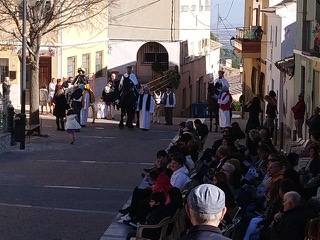
At the show!
We stayed 7 nights and paid the princely sum of 16 euros a night, with electric.
So for us it’s off now to visit friends down near the coast, Sucina.
Agriculture seems to play a huge part in the life and economy of this provincia , Murcia.
Almonds, peaches, nectarines, grapes..eating and wine.
Sucina seems to be the lettuce capital of Murcia!
More to come….very soon.!
